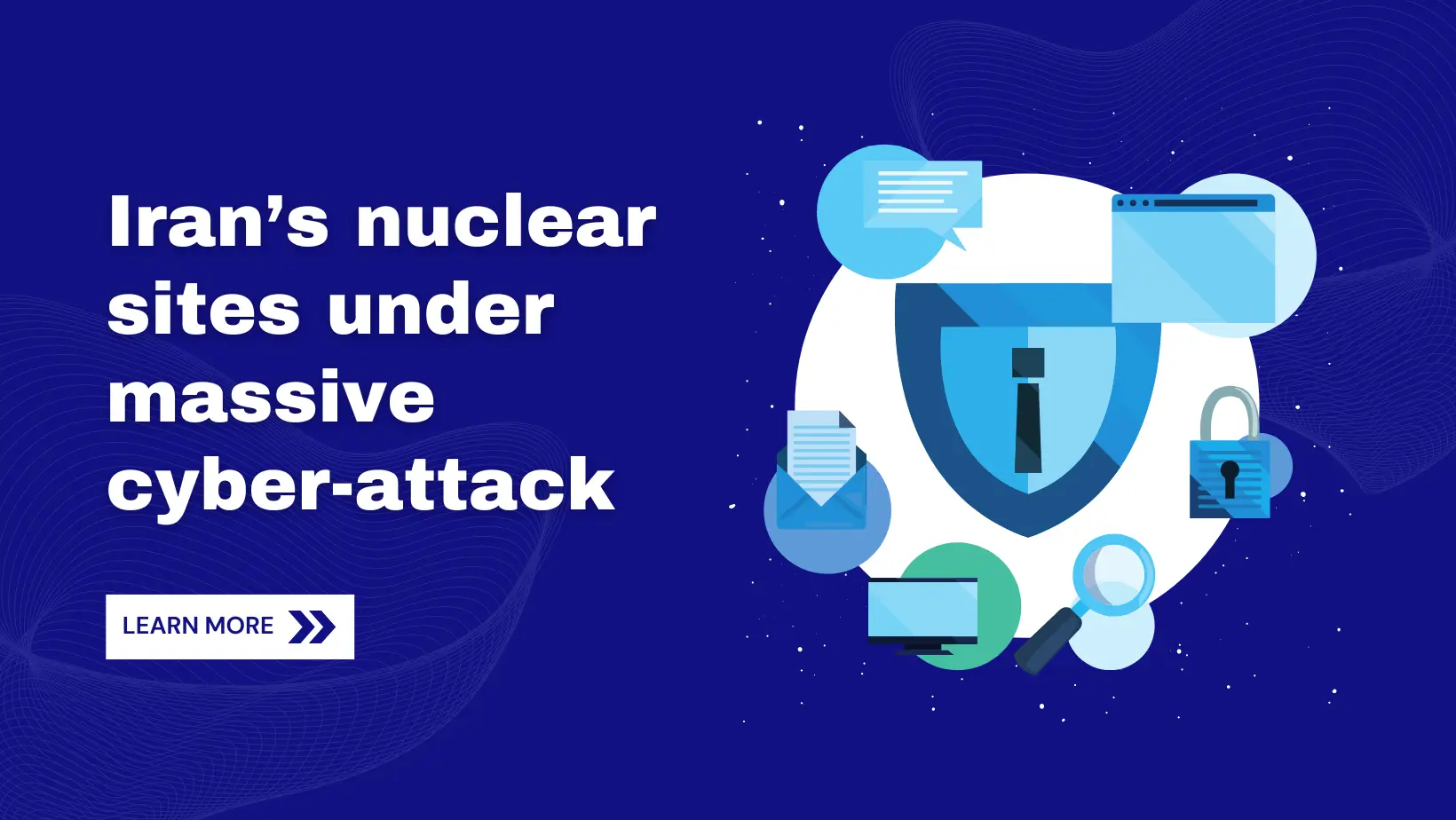The geopolitical landscape in the Middle East is increasingly complex, and recent events have added a new layer of tension. On October 12, 2024, Iran experienced simultaneous cyber-attacks on various governmental and nuclear facilities. This incident marks a significant escalation in the ongoing conflict between Iran and Israel, raising questions about cybersecurity, international relations, and the implications of these actions. In this article, we will explore the details of the attacks, their implications, and the potential retaliatory measures Israel might undertake.
| Section | Details |
|---|
| Date of Attack | October 12, 2024 |
| Targets | Iranian governmental sectors, nuclear facilities |
| Key Impacts | – Service disruptions – Information theft – National security risks |
| Motivations for Attack | – Retaliation for missile threats – Disruption of nuclear capabilities – Deterrence against Iran |
| Possible Strategies Used | – Exploitation of vulnerabilities – Advanced persistent threats (APTs) – Phishing and social engineering |
| Potential Iranian Responses | – Increased cybersecurity measures – Military retaliation – Cyber countermeasures |
| Consequences | – Heightened tensions – Increased focus on cybersecurity |
Overview of the Cyber-Attacks
The cyber-attacks on Iran were extensive, affecting multiple sectors of the Iranian government. According to reports, nearly all services provided by the Iranian government were disrupted. This included critical functions within the judiciary, legislature, and executive branches, indicating a coordinated effort to undermine Iran’s governmental infrastructure.
Key Details of the Cyber-Attacks
| Date | Event | Affected Areas |
|---|---|---|
| October 12, 2024 | Simultaneous cyber-attacks | Nuclear sites, government services |
| Context | Retaliation for Iran’s missile attack on October 1 | Government sectors |
| Key Impacts | Disruption of services, information theft | Judiciary, executive, legislature |
The cyber-attacks come in the wake of a missile attack by Iran on October 1, which prompted Israel to announce retaliatory action. This cycle of retaliation highlights the fragile nature of peace in the region and the potential for further escalation.
The Impact on Iran’s Government and Nuclear Sites
A former secretary of Iran’s Supreme Council of Cybersecurity stated that the attacks have led to severe disruptions across nearly all sectors of the Iranian government. Sensitive information has reportedly been compromised, leading to fears about national security and the integrity of critical infrastructure.
Key Impacts on Iran
- Information Theft: The cyber-attacks resulted in significant data breaches, compromising sensitive government and military information.
- Service Disruption: The functionality of various government services has been severely hampered, affecting the daily operations of the Iranian state.
- National Security Risks: With nuclear sites targeted, the potential for further military action or counter-cyber-attacks increases, raising concerns for regional stability.
Israel’s Possible Motives and Strategies
Given the context of rising tensions, it is essential to consider why Israel might have conducted these cyber-attacks and what methods they could employ in such operations.
Potential Motivations for the Cyber-Attack
- Retaliation: Israel’s action could be seen as a direct response to Iran’s missile threats and its ongoing nuclear ambitions.
- Disruption of Nuclear Capabilities: By targeting nuclear sites, Israel aims to impede Iran’s ability to develop nuclear weapons, thereby enhancing its own national security.
- Deterrence: These attacks serve as a warning to Iran and other adversaries, indicating Israel’s willingness to take aggressive measures in cyberspace.
Strategies for Conducting Cyber-Attacks
To successfully carry out such cyber-attacks, Israel may utilize various strategies, including:
| Strategy | Description |
|---|---|
| Exploitation of Vulnerabilities | Identifying and exploiting weaknesses in Iranian cyber defenses. |
| Advanced Persistent Threats (APTs) | Utilizing sophisticated malware to infiltrate and remain undetected in networks. |
| Phishing and Social Engineering | Targeting individuals within government sectors to gain access to sensitive information. |
| Collaboration with Allies | Partnering with other nations or organizations to enhance capabilities and share intelligence. |
| Cyber Espionage | Conducting surveillance to gather intelligence on Iranian operations. |
FAQs About the Cyber-Attack on Iran’s Nuclear Sites
The main targets were various governmental sectors in Iran, including critical nuclear facilities and services that support the functioning of the Iranian government.
While no group has claimed responsibility, many analysts suspect that these cyber-attacks are part of Israel’s ongoing efforts to counter Iranian threats.
The consequences could include further military escalations, heightened tensions between Iran and Israel, and an increased focus on cybersecurity measures by the Iranian government.
Cyber-attacks can lead to the theft of sensitive information, disruption of critical services, and an overall weakening of a nation’s defense mechanisms.
Iran may retaliate through cyber means, increase security measures, or even escalate military operations in response to perceived threats.







